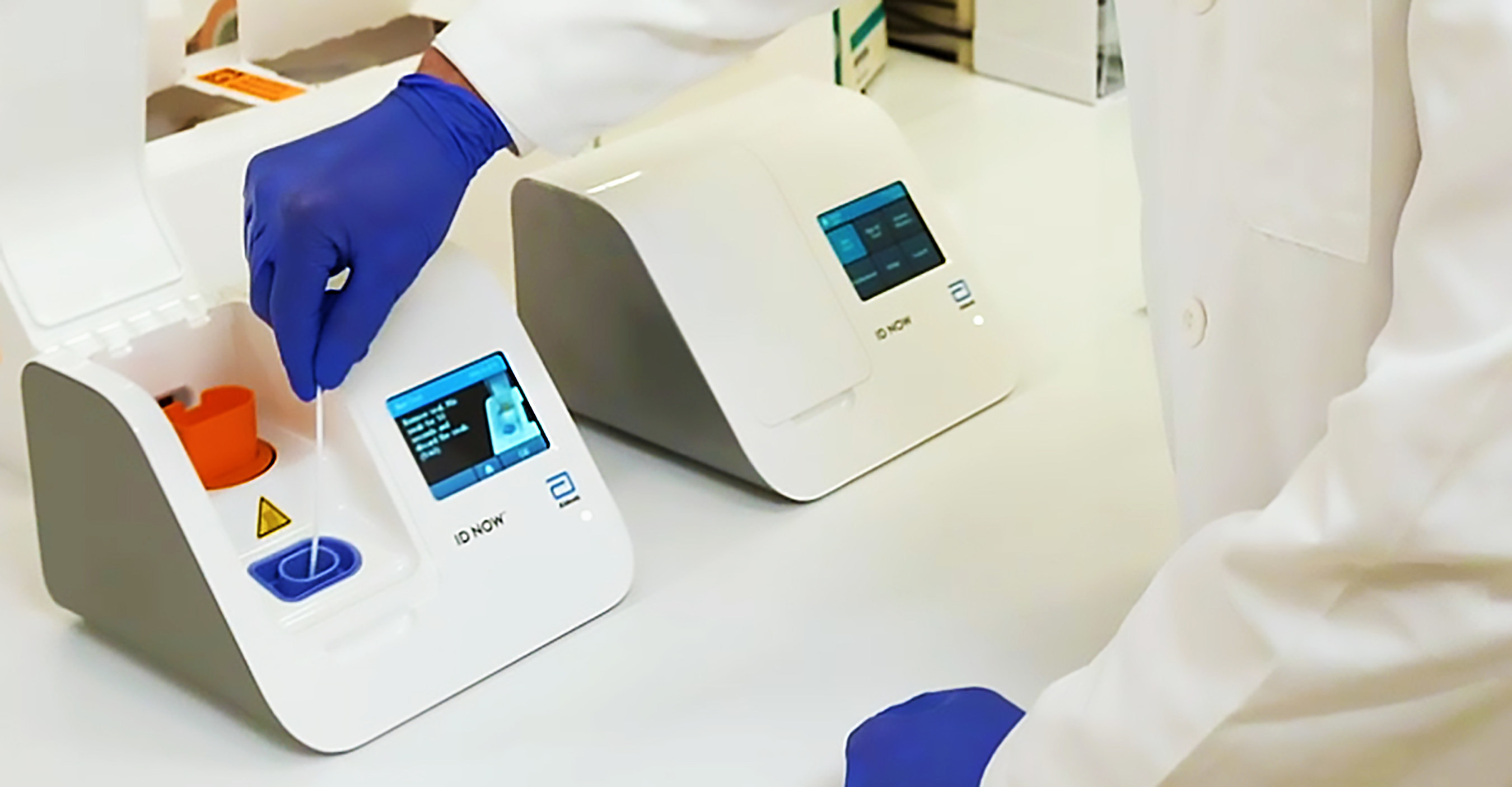Rapid Sulfonamide Detection in Animal Feed
Within the realm of clinical and healthcare testing, particularly within the sector of point-of-care (POC) and rapid diagnostic testing, the detection of sulfonamides in animal feed plays a critical role. Sulfonamides are a class of antibiotics widely used to treat bacterial infections in animals. However, their presence at levels above those permitted by regulatory standards can pose significant risks to both animal health and public safety. For this reason, rapid and accurate detection methods are essential for ensuring compliance with international guidelines.
The primary goal of sulfonamide testing is to identify the presence or absence of these antimicrobial compounds in feed samples. The testing process typically involves sample preparation, which may include homogenization and extraction techniques specific to animal feed matrices. After preparation, the sample can be analyzed using various methods such as high-performance liquid chromatography (HPLC), enzyme-linked immunosorbent assays (ELISAs), or lateral flow immunoassays.
The accuracy of these tests is paramount, especially in a point-of-care scenario where immediate results are required. Regulatory standards for sulfonamide detection vary by region but generally adhere to international guidelines such as ISO, EN, and FDA. For instance, the EU has established maximum residue limits (MRLs) that must be strictly adhered to.
The significance of this service cannot be overstated. Ensuring compliance with these regulations not only protects animal welfare but also safeguards human health by preventing potential contamination through the food chain. The use of rapid and accurate testing methods ensures timely interventions, which can help in mitigating risks associated with sulfonamide residues.
- Compliance monitoring for feed manufacturers
- Daily quality checks at processing facilities
- Preventive measures to avoid contamination during production
- Rapid response to potential outbreaks or recalls
- Evaluation of new feed formulations before market release
- Verification of imported feed products against local standards
In conclusion, rapid sulfonamide detection in animal feed is a critical service that supports the integrity and safety of the food supply chain. By adhering to strict regulatory guidelines and employing advanced testing techniques, laboratories can provide reliable results that are essential for maintaining compliance and ensuring public health.
Why It Matters
The importance of rapid sulfonamide detection in animal feed cannot be overstated. Sulfonamides, when present at levels above permissible limits, can lead to several adverse effects on both animals and humans. For animals, prolonged exposure may result in antibiotic resistance, which can further complicate treatment strategies for bacterial infections. In severe cases, it could also cause organ damage or even death.
For consumers, the presence of sulfonamides in animal products can lead to the consumption of these potentially harmful compounds, which might have detrimental health effects. Regulatory bodies around the world have set maximum residue limits (MRLs) to mitigate such risks. For instance, the European Union's MRL for sulfonamides in feed is 10 mg/kg.
Compliance with these standards is not only a legal requirement but also an ethical responsibility towards animal welfare and public health. Non-compliance can result in severe penalties, including fines, product recalls, and reputational damage for the involved parties. Therefore, rapid detection services play a crucial role in ensuring that feed manufacturers and processors adhere to these stringent regulations.
The use of advanced testing methods ensures timely identification of any potential issues, allowing for prompt corrective actions. This proactive approach not only protects against legal repercussions but also enhances the reputation of compliant entities within the industry. Ultimately, the service of rapid sulfonamide detection in animal feed is vital for maintaining trust and confidence in the food supply chain.
Competitive Advantage and Market Impact
The implementation of a robust rapid sulfonamide detection service offers several competitive advantages that can significantly impact market performance. Firstly, it enhances the reliability and trustworthiness of an entity within the industry, which is crucial for gaining customer confidence. This reliability is particularly important in sectors where compliance with international standards is mandatory.
Secondly, by ensuring consistent adherence to regulatory requirements, companies can avoid the costly consequences of non-compliance, such as product recalls or legal actions. This not only saves financial resources but also minimizes disruptions to business operations. Moreover, compliant entities are more likely to attract and retain customers who prioritize safety and quality.
Thirdly, early detection capabilities enable proactive management of feed safety issues, which can prevent potential outbreaks and mitigate risks associated with contaminated products. This proactive approach not only protects the health of animals but also ensures that the final products meet stringent quality standards, thereby enhancing market reputation.
The service also provides a competitive edge by enabling faster response times to emerging challenges in the industry. With rapid detection methods, entities can quickly identify and address issues, maintaining their position as leaders in food safety and quality assurance. This agility is particularly valuable in dynamic markets where consumer preferences and regulatory landscapes are continually evolving.
In summary, the service of rapid sulfonamide detection in animal feed contributes to a competitive advantage by fostering trust, ensuring compliance, minimizing risks, and enabling proactive management of challenges. These factors collectively contribute to a robust market position that can withstand scrutiny and maintain high standards of quality and safety.
Use Cases and Application Examples
- Daily Quality Checks: Regular testing at processing facilities to ensure feed meets regulatory standards.
- Batch Verification: Testing individual batches before release into the market to prevent contamination.
- New Product Development: Evaluating new feed formulations for sulfonamide content before commercialization.
- Import Evaluation: Verifying imported feeds against local MRLs to ensure compliance with regulations.
- Rapid Outbreak Response: Detecting potential contamination in batches suspected of being compromised.
- Third-Party Audits: Providing evidence of adherence to standards during independent audits and inspections.
In addition to these specific use cases, the service also supports broader industry initiatives aimed at enhancing food safety and quality. For example, it facilitates participation in certification programs that validate an entity's commitment to maintaining high standards of sulfonamide-free feed production.





